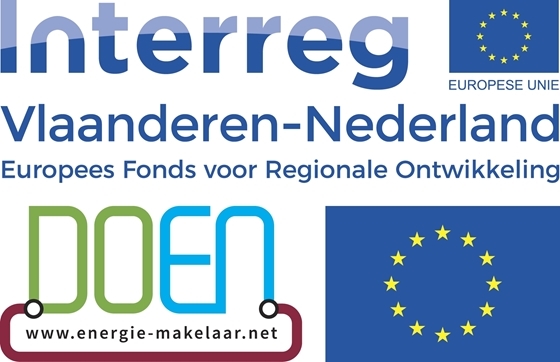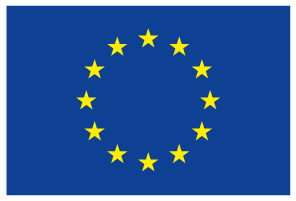Belgium, Netherlands
Ongoing
- Type : Project
- Size : Regional
- Area : Industrial, Residential
Environmental benefit
Establishment of a district heating network in Ghent
Share
Belgium, The Netherlands
Ongoing
- Type : Project
- Size : Regional
- Area : Industrial, Residential
Environmental benefit
Discover this use case online

The region south of Zelzate and north of Ghent has a lot of heavy industry. One of the characteristics of these energy-intensive sectors is that a lot of residual heat is generated during production processes. The traditional solution is to remove it via cooling towers. Local authorities investigated the potentials for energy cooperation projects in the region. Arcelor Mittal Ghent was especially interesting for a potential project. After an initial inventory and several calculations, a feasibility study was conducted to look at concrete possibilities for the local use of Arcelor Mittal’s excess heat. In the process, all opportunities, concerns and uncertainties were identified in order to give a future development as much chance as possible. In addition, an indicative business case was drawn up to investigate whether there was economic potential for the construction of a heat network. A local psychiatric center and a swimming pool are both big users of heat. Especially the center might be an interesting and economically feasible option. At the moment, the potential partners for the construction and the exploitation of the heating network are investigated.
Unique about the project is the use of so-called ‘energy-brokers’. These energy brokers initiate and facilitate energy cooperation projects. Thereby, they do not only include technical aspects for realizing energy exchange, but also incorporate social and spatial criteria, since those are believed to be of vital importance.
 R-ACES has received funding from the European Union’s Horizon 2020 research and innovation programme under grant agreement N° 892429
R-ACES has received funding from the European Union’s Horizon 2020 research and innovation programme under grant agreement N° 892429
The region south of Zelzate and north of Ghent has a lot of heavy industry. One of the characteristics of these energy-intensive sectors is that a lot of residual heat is generated during production processes. The traditional solution is to remove it via cooling towers. Local authorities investigated the potentials for energy cooperation projects in the region. Arcelor Mittal Ghent was especially interesting for a potential project. After an initial inventory and several calculations, a feasibility study was conducted to look at concrete possibilities for the local use of Arcelor Mittal’s excess heat. In the process, all opportunities, concerns and uncertainties were identified in order to give a future development as much chance as possible. In addition, an indicative business case was drawn up to investigate whether there was economic potential for the construction of a heat network. A local psychiatric center and a swimming pool are both big users of heat. Especially the center might be an interesting and economically feasible option. At the moment, the potential partners for the construction and the exploitation of the heating network are investigated.
Unique about the project is the use of so-called ‘energy-brokers’. These energy brokers initiate and facilitate energy cooperation projects. Thereby, they do not only include technical aspects for realizing energy exchange, but also incorporate social and spatial criteria, since those are believed to be of vital importance.
